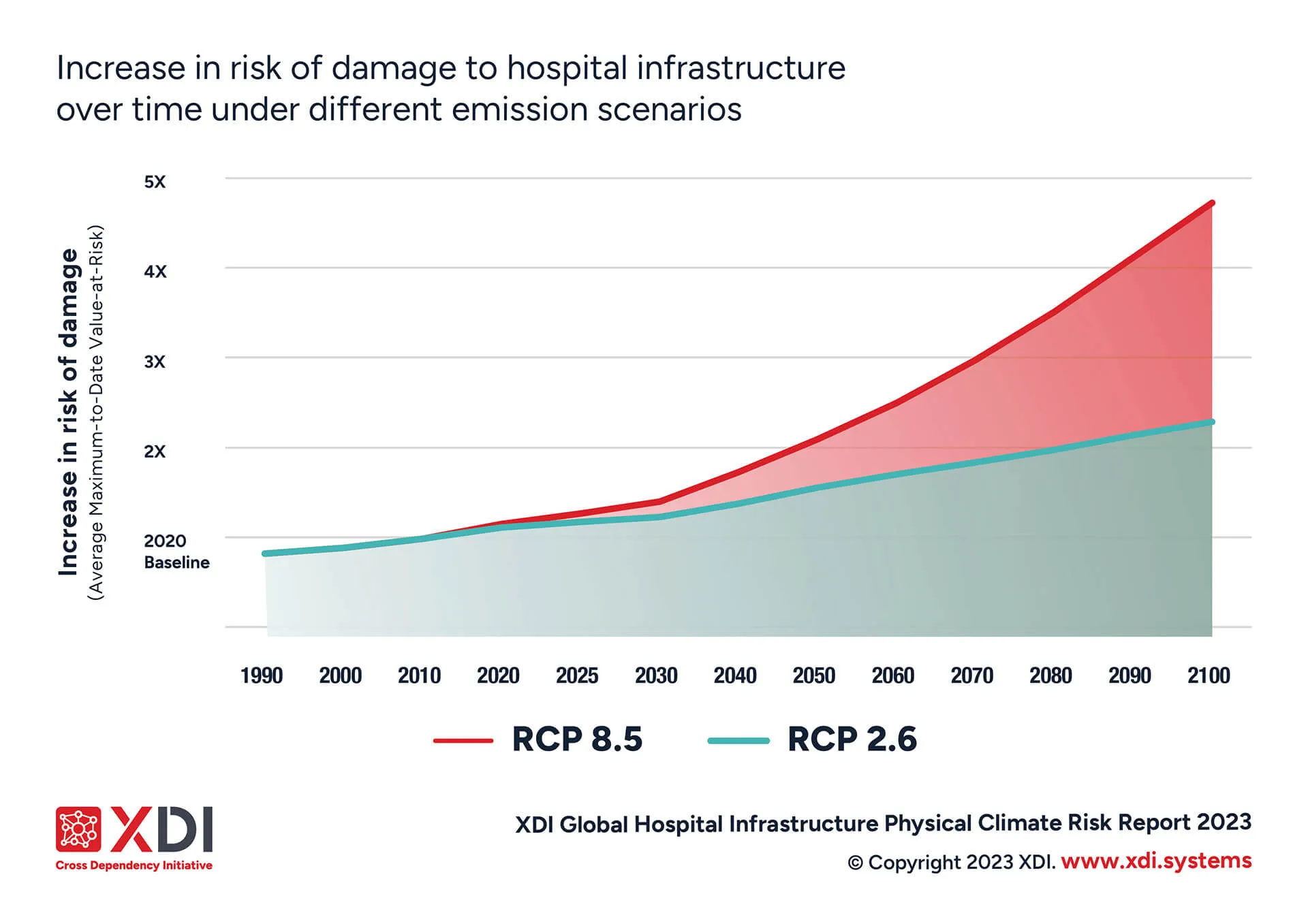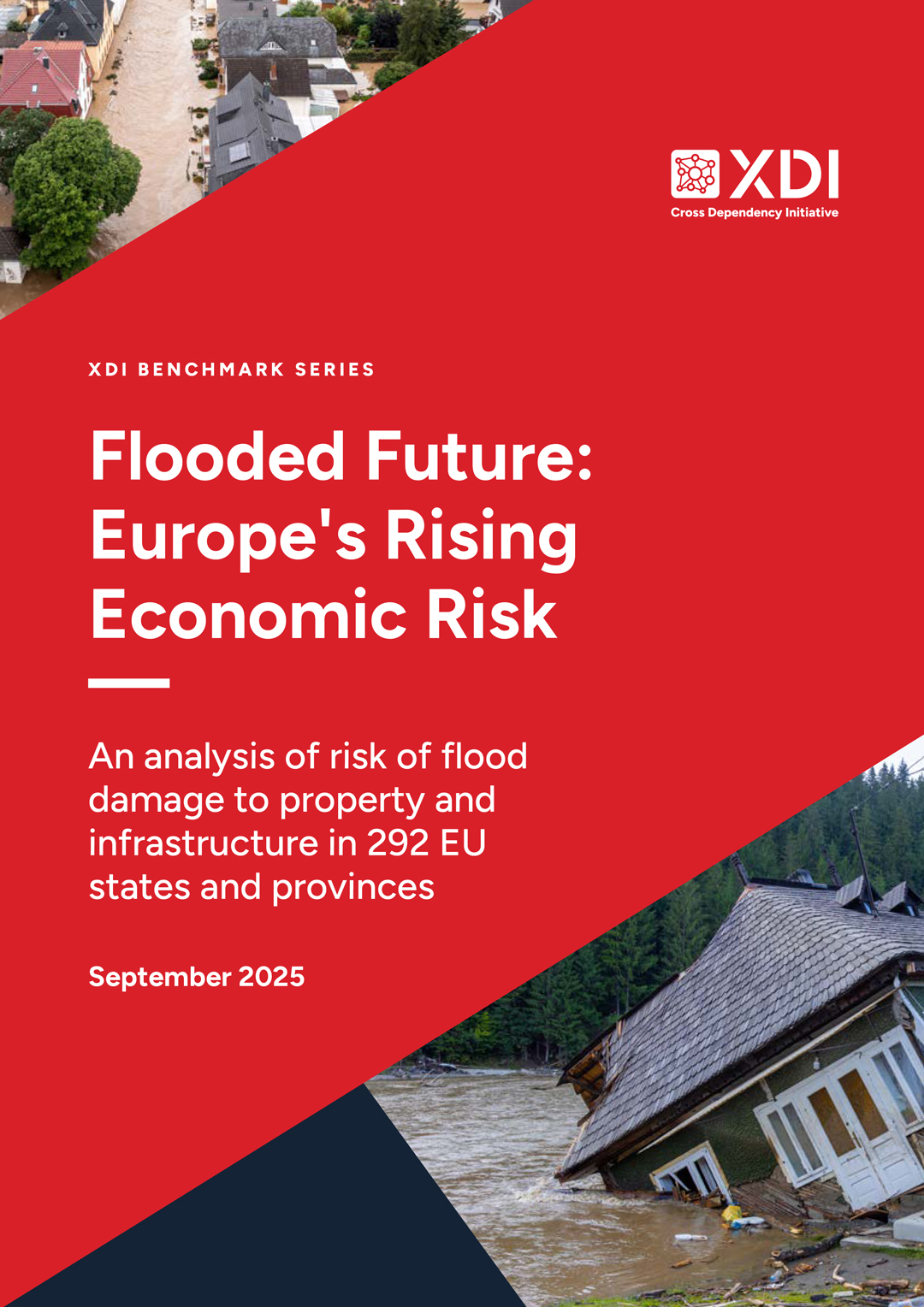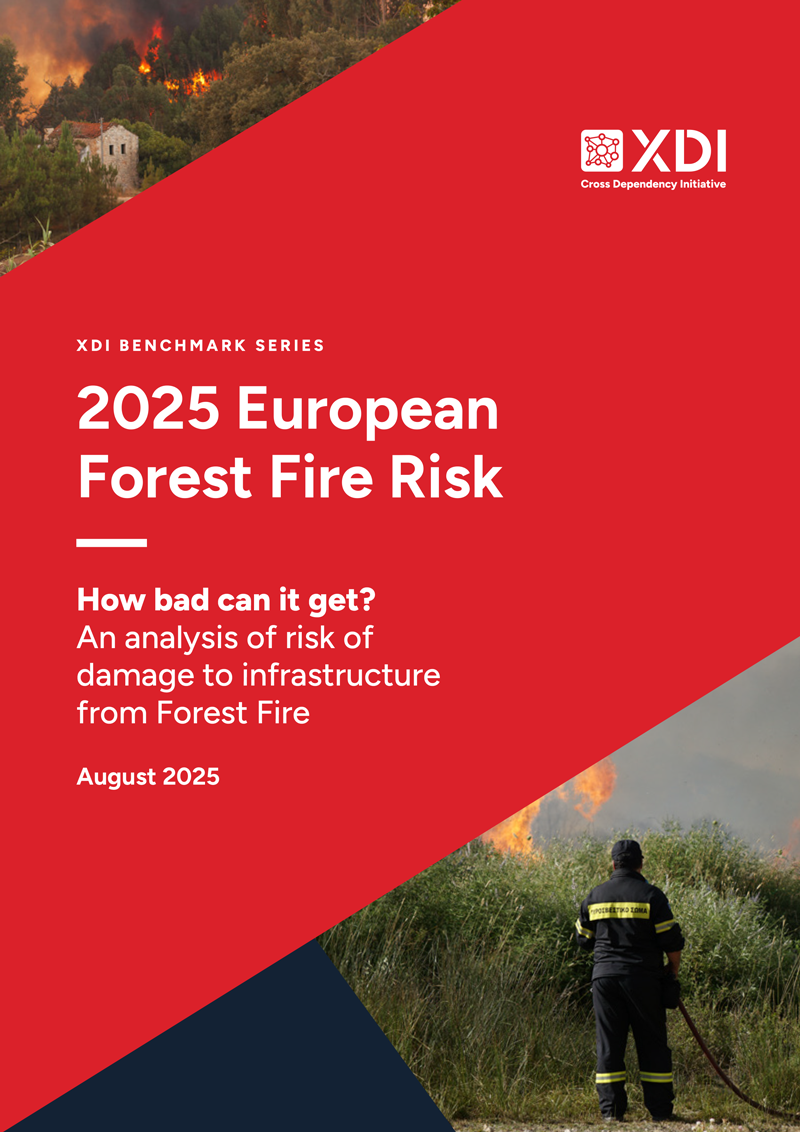2023 XDI Global Hospital Infrastructure Physical Climate Risk Report

PUBLIC DATA RELEASE
How risky is your hospital? A physical climate risk assessment of over 200,000 hospitals around the world.
XDI has analysed over 200,000 hospitals around the world for risk of damage from 6 different climate change hazards from 1990 until the end of the century. The risk arising from two different emissions scenarios (i) RCP 8.5 (around 4.3 ºC) and RCP 2.6 (1.8 ºC or under) was compared. The analysis was published ahead of the inaugural Health Day at the COP28 UN Climate Conference.
As part of the report, XDI has also released the names, location and level of risk (high, medium, low) for each individual hospital in the analysis (200,216 hospitals). XDI is urging all governments to check for high risk hospitals in their region and conduct further analysis to understand and reduce this risk.
For access to the Individual Hospital Dataset please email media@xdi.systems
Key findings
- Without a rapid phase out of fossil fuels, up to 1 in 12 hospitals worldwide will be at high risk of total or partial shutdown from extreme weather events by the end of the century - a total of 16,245 hospitals. This is almost twice as many hospitals as are currently at high risk. A residential or commercial building with this level of risk would be considered uninsurable.
- All high risk hospitals will require adaptation, where practical. Even with this enormous investment, relocation will be the only option for many.
- 71% (11,512) of high risk hospitals by 2100 will be in low and middle income countries.

- Limiting global warming to 1.8 degrees celsius with a rapid phase out of fossil fuels would halve the damage risk to hospital infrastructure compared to a high emissions scenario.

- Today, South East Asia has the highest percentage of hospitals at high risk of damage from extreme weather events in the world. With high emissions, almost 1 in 5 hospitals (18.4%) in South East Asia will be at high risk of total or partial shutdown by the end of the century.

- South Asia has the highest number of hospitals at risk, reflecting the high population. By 2050, a third of all the most high risk hospitals (3,357) in the world will be in South Asia if emissions are high. By 2100 this could increase to 5,894.

- Hospitals located on coastlines and near rivers are most at risk. Today, riverine and surface water flooding dominates the risk of damage to hospitals. Towards the end of the century, coastal inundation rapidly increases (exacerbated by sea-level rise) and becomes the most significant hazard after riverine flooding by 2100.
Related posts

Flooded Future: Europe's Rising Economic Risk

2025 European Forest Fire Risk - How bad can it get? An analysis of risk of damage to infrastructure from Forest Fire

2025 Global Data Centre Physical Climate Risk and Adaptation Report

Measuring Corporate Resilience Whitepaper 2025
Contact us
Get in touch with one of our friendly team


